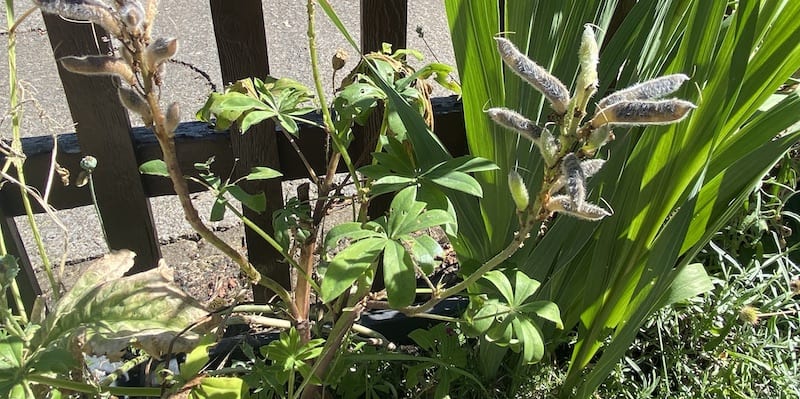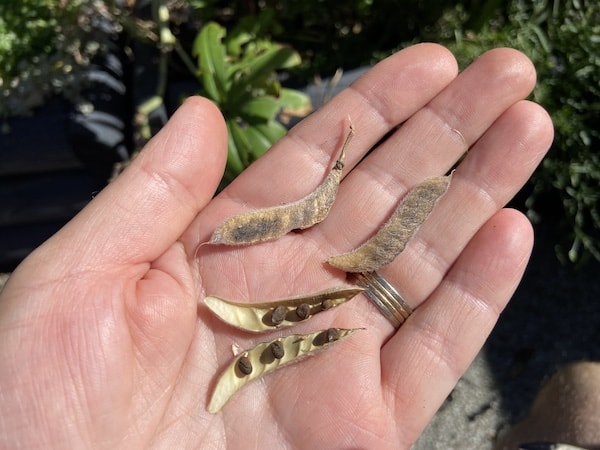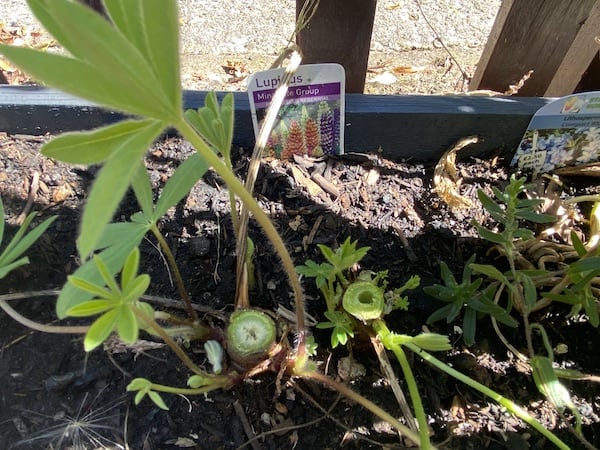
What to do with lupins after flowering?
Our site is reader supported, this means we may earn a small commission from Amazon and other affiliates when you buy through links on our site.
I have been growing lupins for over 20 years, and here is what I do with my own lupins after flowering. Once lupins have flowered, you have a couple of options of what to do with them. Firstly, you can cut them back, and you are usually rewarded with a second flush of blooms later in the season.
After the second flush had finished blooming, I usually collect the seeds from the seed pods and then in late autumn, cut the stalks right back and apply some much around the lupins, which helps retain moisture and give the roots some protection over winter. Something to mention, I usually find my lupins last around 5-6 years and then usually are better replaced with new plants.
Here is what to do in more detail once your lupins have finished flowering.
Deadheading after the first flush of flowers will often encourage a second flush of flowers
Removing the old blooms by deadheading them lets the plant put its energy into producing another round of flowers so this is worth doing as it prolongs the flowering season. Deadhead the flowers as soon as they fade and DON’T wait for them to go to seed. To do this, follow the stem on which the flower sits down to just above any new growth and then cut the branch; this is usually fairly low down near ground level. You will usually notice new growth already growing around the base of the plant. This lets the plant focus on developing the new growth for the next blooms in a few week’s time.
An additional way to encourage new blooms is to fertilise them with a solution that’s rich in phosphorous which will encourage flowering. My other article on How to grow lupins here covers this as well as other useful information about looking after lupins.
If, while deadheading your lupins, you notice something that may be a problem for the plant, check out Lupin pests and diseases for information about the most common infestations and what to do about them. I often have issues with pests eating the leaves on my lupins.
Leave as is (1)
If it’s near the end of the growing season, you have the choice of leaving the old blooms in place. They develop into yellow seed pods containing seeds that you can use to start new plants for the next growing season. See my article How to propagate lupins from seed and cuttings for details on how to do this. I then usually cut the stems right back to ground level for the winter and mulch around the base with some mulch such as a couple of inches of compost. This just helps protect the roots from hard frost.
I also have this guide on how to take lupin cuttings, my favourite way of propagating lupins
Leave as is (2)
Now, this is something I don’t do myself, but a few of my professional gardener friends and hobbest prefer to do. At the very end of the growing season, you can leave the old blooms in place for over the winter. This gives visual interest to your garden in the stark winter environment. Plus, it offers protection for the tap root. Remove the dead foliage and blooms in the spring but be careful not to cut off any new buds that are appearing.
Cut the lupin plants back
If you really don’t like the somewhat untidy look of your lupins after flowering, you can cut the plants back at the end of the season. Cut the blooms and stems down to just above the root. But be aware that this removes some of the wintertime protection for the root of the plant. This is why I always add a layer of mulch around the lupin to give it some extra protection.


